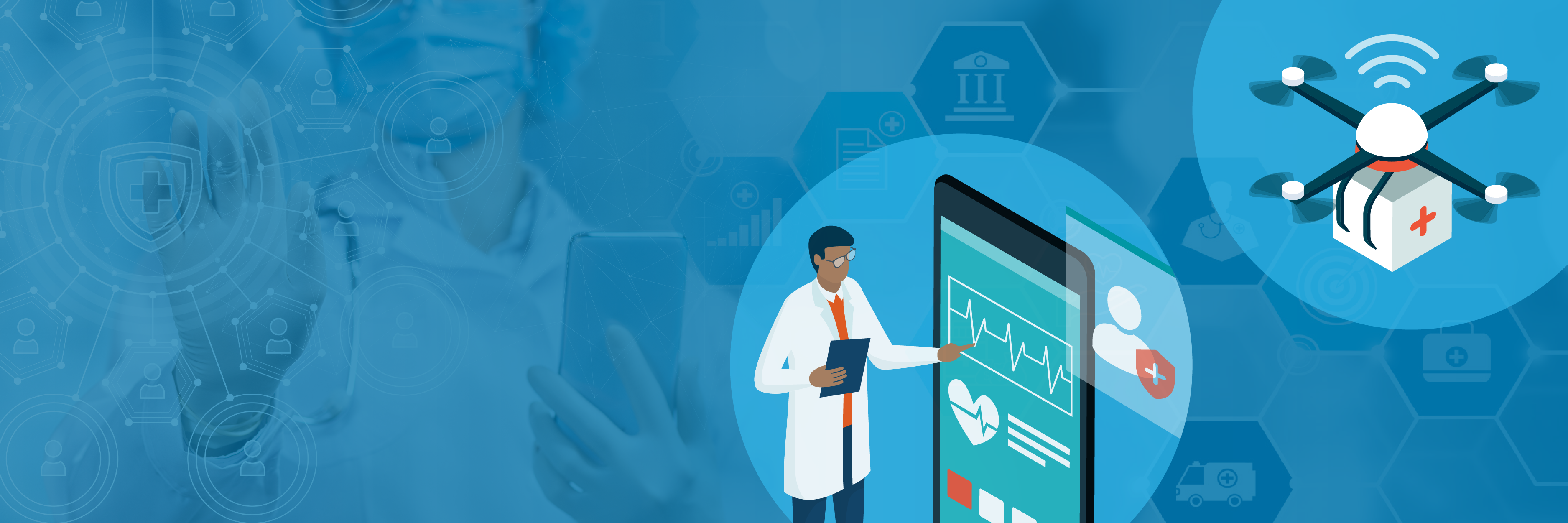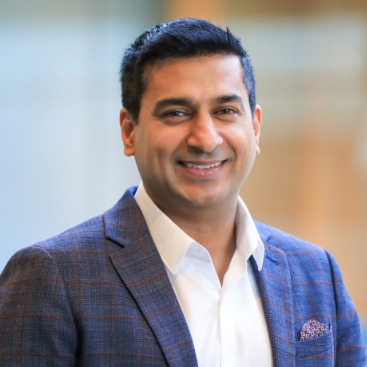
The global pandemic has increased the need for efficient mobile technology for healthcare professionals to save lives, access files remotely and eliminate downtime due to old technology or worse, paper and pen processes.
As more data-based treatments are used, clinicians can now detect patient symptoms earlier, tailor treatments, track progress with greater accuracy and much more. However, if healthcare professionals are to utilize data to the best of its ability, it needs to be complete, accurate and continuously updated – and such professionals should be able to use these devices remotely.
For this to happen, frontline staff must have the right devices and the right systems in place. These devices must interface seamlessly with each other, so that no matter who and what is using a company’s operating system, the data must be quickly available to all authorized and relevant systems and users.
In fact, according to our recent report, Critical Technology for Critical Care: The State of Mobility in Healthcare, 65% of global frontline workers demand better technologies and during the pandemic, 71% of U.S. healthcare workers said their technology and systems were not prepared to manage any situations related to COVID-19. As we enter 2021, it’s imperative for healthcare professionals to be equipped and embrace technology trends to ensure smoother operations and enhance the patient experience. Here are the top three technology trends to look out for in 2021.
1. Rise of Robotics and Drones
Robots are revolutionizing the way many industries operate due to their high level of accuracy, precision, endurance and speed. Supported by an integrated mobile and IoT management strategy, robots are seeing increased usage in surgery rooms, performing monotonous tasks, such as gathering medical supplies from one location to the next, and complete routine tasks including checking vital signs, monitoring a patient’s condition or even drawing blood.
Drone activity has also surged to provide contactless, safer and quicker assistance to patients remotely.
There’s been an increased use of robots and drones to handle tasks that would normally be performed by people to help curb the spread of COVID-19, including:
-
Disinfecting: Robots equipped with powerful ultraviolet (UV) lights are sent to disinfect hospital rooms and areas potentially contaminated with COVID-19. UV lights damage the DNA and RNA of harmful viruses, thus preventing their ability to multiply.
-
Meal delivery: Robots are being used to deliver daily meals to quarantined patients.
-
Medical drones: During the COVID-19 pandemic, pharmacies are crowded and laboratories are backed up. Drones are sent to either deliver prescriptions and medical supplies or to send blood samples to testing facilities. This limits person-to-person contact and ensures people in remote or rural areas are properly serviced.
2. Innovative Mobile Technologies
As healthcare workers use mobile technology, they continue to update patient records with outdated systems that can be time-consuming and hinder the patient experience.
According to our recent State of Mobility in Healthcare report, between 26% and 39% (depending on the market) of healthcare workers confirmed they are still using paper, pens and manual processes. Less than a quarter said they access general medical information through their mobile device. While just 18% said they use their device to access patient-specific data such as test results.
SOTI Snap empowers healthcare providers to easily create apps in minutes that allow patients to communicate and share critical information with doctors and nurses when they are at home. This limits the exposure of healthcare providers to potential COVID-19 infected patients.
Home healthcare organizations are required to be fully digital by 2023, according to WHO’s Global Strategy on Digital Health 2020 – 2025 report. The use of mobile technology and apps allows patient data to be securely shared and accessed by a team of healthcare providers, which in turn helps testing centres, doctors and nurses ensure they are all aligned from the moment an individual is tested.
3. Increased Privacy and Security Measures
When it comes to mobile technology and an increased use in mobile devices to help deliver critical healthcare, as well as a plethora of data being shared across networks, security breaches are an unfortunate reality that healthcare organizations must proactively safeguard themselves against.
According to a global 2020 study, the average total cost of a data breach is $3.86 million USD. The study also found that nearly 40% of the average total cost of a breach accounted for lost business, these costs include: lost revenue due to system downtime, increase in customer turnover and an increased cost of acquiring new business due to diminished reputation. Now, looking specifically at the healthcare sector, the study found that the average cost of a data breach more than doubles to $7.13 million USD equating to the highest average industry cost for such breaches.
When you consider the amount of money, sensitive patient data and reputational risks at stake, you start to appreciate the size of the problem. Concerns over patient record systems continue to be at an all time high. In our research, we found that just 15% do not feel their devices are properly protected against malware and cyberattacks. If you apply this to the number of healthcare professionals there are in the U.S., 2.7 million people are potentially working on an insecure system. Leveraging technology, such as the SOTI ONE Platform, allows healthcare organizations to lockdown their managed devices anytime, anywhere, to maintain security, compliance and protect sensitive data.
Additionally, it is vital for healthcare organizations who adopt mobile technologies to properly train frontline and support staff on how to use them to fully benefit from the more secure, streamlined and convenient experience they offer – for patients and healthcare professionals alike.
If the COVID-19 global pandemic has taught us anything, it’s that data-driven, security protected mobile technologies are what healthcare professionals need to efficiently and effectively treat patients. With the right expertise, the right technology and the right approach to integration, data will enable a transformation of global healthcare. To find out more about how SOTI can help your healthcare organization prepare for changes in the healthcare industry in 2021, visit our website or contact us here.



